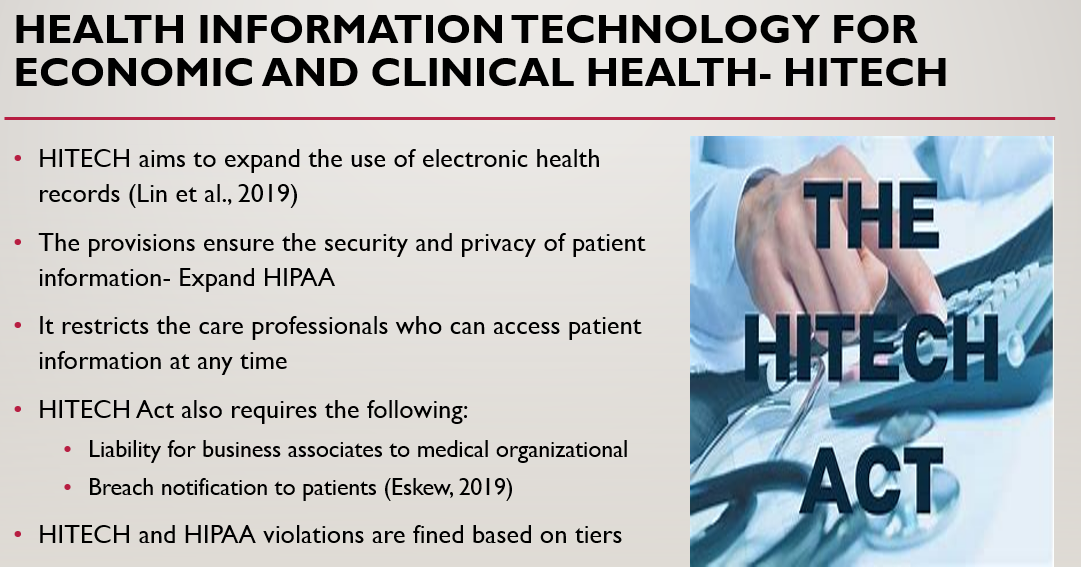
Pain management is an area that has many problems and ethical issues surrounding it. Pain accompanies most healthcare conditions, and the intensity, severity, and duration differ based on personal characteristics and the pain etiology. Pain management faces many issues due to tolerance and opioid addiction, affecting all health domains.
McCabe (2018) notes that physical pain can be disabling and limit daily activities, cause psychosocial pain, and affect the social interaction of individuals. Pain aggravates the management of conditions such as cancer when patients take many medications with various side effects, such as nausea and vomiting. Yet, they do not feel their therapeutic effectiveness because the pain does not cease. Thus, pain management needs to be addressed owing to the many issues associated with the problem.
Various institutions have come together to manage the issue of pain. The WHO developed the pain management ladder to assess the pain level, which outlines the management interventions for the specific pain level (McGuire & Slavin, 2020). WHO developed the ladder to manage cancer pain, but it can be used to manage all other health conditions.
Patient pain assessment tools for all populations have been developed over time. They help healthcare providers assess pain from patient reports and even from their facial expressions (Gregory, 2019). The tools have helped ensure quality care delivery. The primary assumption in pain management is that it refers to physical pain because the pain in other domains may present as other symptoms, such as fear and depression.
The prescription drug monitoring program (PDMP) is a national program that was developed to manage prescription drugs. The technology helps care providers to trace prescription drugs, especially opioids and benzodiazepines (Manders & Abd-Elsayed, 2020). The care providers also use the technology to determine the include and rates of opioid addiction and enroll them in management programs. Scholars argue that the technology has helped predict and prevent opioid use addiction in patients with prolonged opioid analgesics use.
Another integral evidence-based strategy is the management algorithm supported by clinical decision support systems. Care providers assess patients to determine their needs and then manage them depending on the algorithm’s instructions. Pangarkar et al. (2020) note that various clinical pain management algorithms have been developed to help manage pain in cancer, ballistic injuries (in veterans), and other chronic diseases such as acute renal injury. Patient assessment (using current tools) is integral to their management hence the need for patient clinic visits and assessment.
Specific Goals That Should be Established to Address Pain
There are various goals when addressing the healthcare problem. The first goal is to ensure pain control and relief while taking the lowest possible medication doses. Meaningful pain control increases functional abilities and the quality of life. Adequate pain control requires care collaboration between patients and their primary care providers.
Moreover, the goal is based upon continuous assessment and therapy change for effective pain management. The second goal is medication and other interventions adherence. Poor medication adherence is associated with many factors, such as perceived effectiveness, negligence, forgetfulness, and medication side effects (Swarm et al., 2019).
The third goal is utilizing pharmacologic and non-pharmacologic pain management interventions for effective pain management. Pain management should entail corresponding and effective pain management interventions. Some duos have been found more effective than single therapies using medications or non-pharmacologic pain interventions. For example, massage can be used in musculoskeletal pain in addition to pharmacologic interventions. The two methods used together produce superior effects. Other interventions include acupuncture and yoga for back pain.
The fourth goal is the holistic care of patients. Pain management, especially chronic and severe pain, requires opioid analgesic interventions. This goal aims to ensure that pain management in
